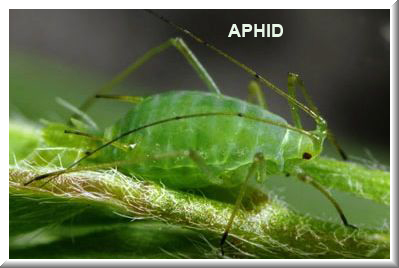This spring and summer has been even more unpredictable than usual. February was both the warmest and snowiest February in the past 50 years. May only offered us five days without rain. June’s humidity has been more reminiscent of Georgia than Colorado. We even had the misfortune of a heavy Mother’s Day snow storm that damaged trees and shrubs all over the Denver Metro Area.
So what does this mean for our landscapes?…
First, our trees and shrubs enjoyed the extra moisture. This was a welcome situation because of the amount of plant material that came out of the winter with severe stress. The excess moisture has allowed many plants to replace leaf tissue damaged by the Mother’s Day temperatures.

Second, the abundance of new leaf material has encouraged a higher than normal population of several chronic pests such as aphids and mites.
 Third, and most recently, we are beginning to see the occurrence of foliar diseases such as leaf spot, rust, and scab. These diseases will affect a wide variety of trees and shrubs and cause a loss of leaf color, reduced photosynthetic potential, and early leaf drop later in the summer.
Third, and most recently, we are beginning to see the occurrence of foliar diseases such as leaf spot, rust, and scab. These diseases will affect a wide variety of trees and shrubs and cause a loss of leaf color, reduced photosynthetic potential, and early leaf drop later in the summer.
Our erratic weather conditions are often difficult for people to deal with, but it is important to understand that it can be even more difficult for our landscapes to thrive under the extreme conditions. It is crucial to always pay attention to the weather as it changes so we may adjust how we care for our landscapes.
